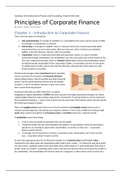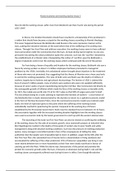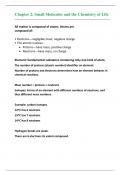Samenvatting
Summary of Introduction to Finance and Accounting for the Midterm!
- Instelling
- Universiteit Utrecht (UU)
This is a very usefull summary of all the formulas and information from the books and the lectures. It is a summary which you can use to learn for the midterm!
[Meer zien]








